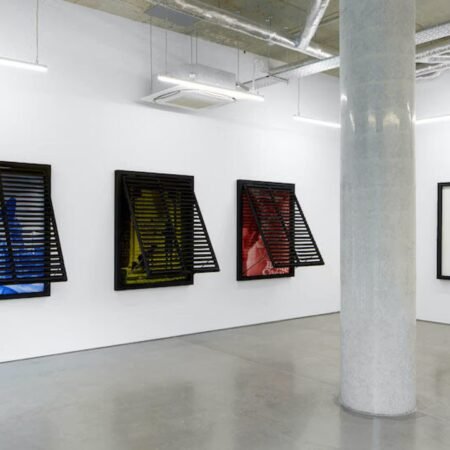Real estate packages to target both demand and supply

The stimulus committee is scheduled to meet later this month to discuss more measures, including those for the real estate sector, says Deputy Finance Minister Paopoom Rojanasakul.
Mr Paopoom said the real estate stimulus measures would target both demand and supply, aiming to prod both property buyers and developers to create a comprehensive impact.
He said new stimulus measures were needed because the existing ones were fully utilised.
The Finance Ministry recently utilised state financial institutions, such as Government Housing (GH) Bank, to support real estate stimulus.
In April, GH Bank launched a low-interest loan programme called “Happy Home” with a total loan amount of 20 billion baht.
This scheme offered flexible lending conditions to help low-income individuals access mortgages, with a maximum loan amount of 3 million baht per person and a fixed interest rate of 3% for the first five years.
However, this programme reached its loan limit.
In a separate development, Mr Paopoom said the 10,000-baht cash handout to 14.5 million vulnerable people has generated rapid circulation of money in the economy.
He said this group tends to spend money quickly, as evidenced by a tenfold surge in ATM withdrawals following the cash transfers and a significant increase in store sales. This suggests a sustained positive effect, said Mr Paopoom.
For the second phase of the cash handout, he said the stimulus committee will meet again later this month to decide on the amount, method and timing of the distribution.
Pornchai Thiraveja, director-general of the Fiscal Policy Office, said the first phase of the handout had a budget of 145 billion baht and is expected to raise economic growth by 0.35 percentage points.
Most of the funds are expected to enter the economy in the fourth quarter, he said.
Mr Pornchai said it is difficult to estimate how many times this money will circulate in the economy.
He said the 14.5 million recipients are low-income earners who tend to have a high marginal propensity to consume (MPC). This means when their income increases, most of it will be spent.
According to data from the National Statistical Office, low-income individuals have an MPC of 80%, meaning for every 100 baht they receive, they will spend 80 baht, with the remaining 20 baht likely being saved or used to pay off debt.








No Comment! Be the first one.